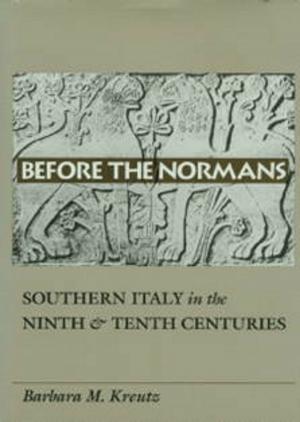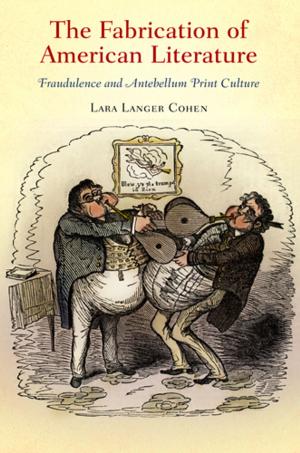From Main Street to Mall
The Rise and Fall of the American Department Store
Business & Finance, Marketing & Sales, Retailing, Business Reference, Corporate History| Author: | Vicki Howard | ISBN: | 9780812291483 |
| Publisher: | University of Pennsylvania Press, Inc. | Publication: | April 22, 2015 |
| Imprint: | University of Pennsylvania Press | Language: | English |
| Author: | Vicki Howard |
| ISBN: | 9780812291483 |
| Publisher: | University of Pennsylvania Press, Inc. |
| Publication: | April 22, 2015 |
| Imprint: | University of Pennsylvania Press |
| Language: | English |
The geography of American retail has changed dramatically since the first luxurious department stores sprang up in nineteenth-century cities. Introducing light, color, and music to dry-goods emporia, these "palaces of consumption" transformed mere trade into occasions for pleasure and spectacle. Through the early twentieth century, department stores remained centers of social activity in local communities. But after World War II, suburban growth and the ubiquity of automobiles shifted the seat of economic prosperity to malls and shopping centers. The subsequent rise of discount big-box stores and electronic shopping accelerated the pace at which local department stores were shuttered or absorbed by national chains. But as the outpouring of nostalgia for lost downtown stores and historic shopping districts would indicate, these vibrant social institutions were intimately connected to American political, cultural, and economic identities.
The first national study of the department store industry, From Main Street to Mall traces the changing economic and political contexts that transformed the American shopping experience in the twentieth century. With careful attention to small-town stores as well as glamorous landmarks such as Marshall Field's in Chicago and Wanamaker's in Philadelphia, historian Vicki Howard offers a comprehensive account of the uneven trajectory that brought about the loss of locally identified department store firms and the rise of national chains like Macy's and J. C. Penney. She draws on a wealth of primary source evidence to demonstrate how the decisions of consumers, government policy makers, and department store industry leaders culminated in today's Wal-Mart world. Richly illustrated with archival photographs of the nation's beloved downtown business centers, From Main Street to Mall shows that department stores were more than just places to shop.
The geography of American retail has changed dramatically since the first luxurious department stores sprang up in nineteenth-century cities. Introducing light, color, and music to dry-goods emporia, these "palaces of consumption" transformed mere trade into occasions for pleasure and spectacle. Through the early twentieth century, department stores remained centers of social activity in local communities. But after World War II, suburban growth and the ubiquity of automobiles shifted the seat of economic prosperity to malls and shopping centers. The subsequent rise of discount big-box stores and electronic shopping accelerated the pace at which local department stores were shuttered or absorbed by national chains. But as the outpouring of nostalgia for lost downtown stores and historic shopping districts would indicate, these vibrant social institutions were intimately connected to American political, cultural, and economic identities.
The first national study of the department store industry, From Main Street to Mall traces the changing economic and political contexts that transformed the American shopping experience in the twentieth century. With careful attention to small-town stores as well as glamorous landmarks such as Marshall Field's in Chicago and Wanamaker's in Philadelphia, historian Vicki Howard offers a comprehensive account of the uneven trajectory that brought about the loss of locally identified department store firms and the rise of national chains like Macy's and J. C. Penney. She draws on a wealth of primary source evidence to demonstrate how the decisions of consumers, government policy makers, and department store industry leaders culminated in today's Wal-Mart world. Richly illustrated with archival photographs of the nation's beloved downtown business centers, From Main Street to Mall shows that department stores were more than just places to shop.















